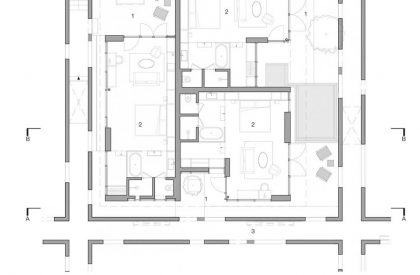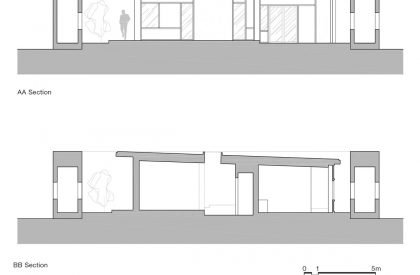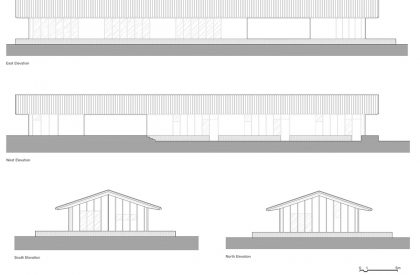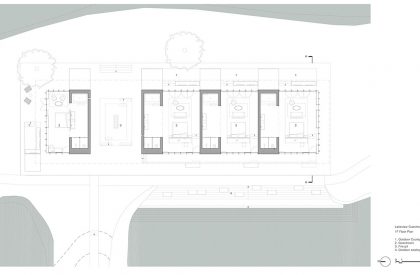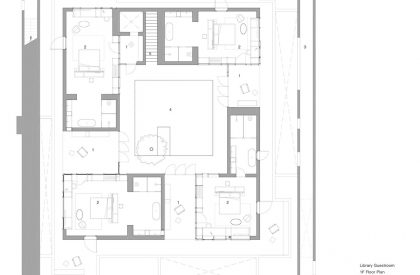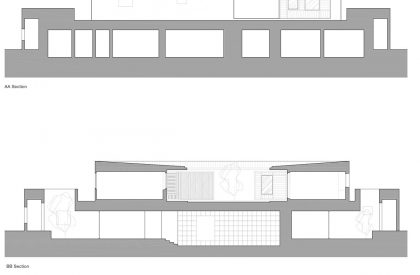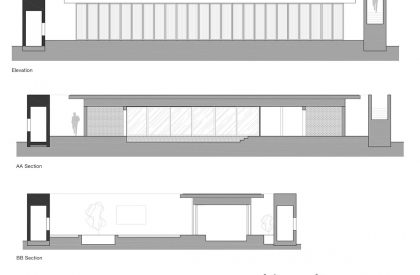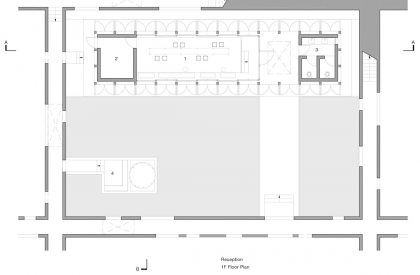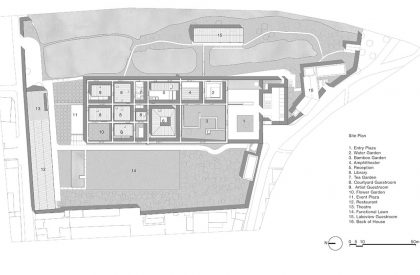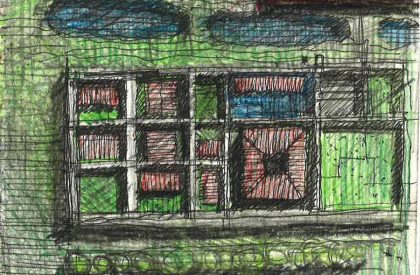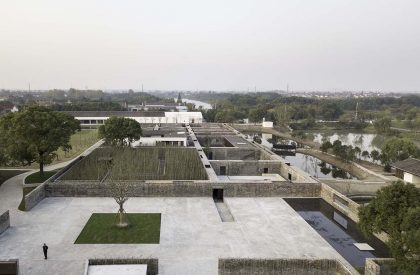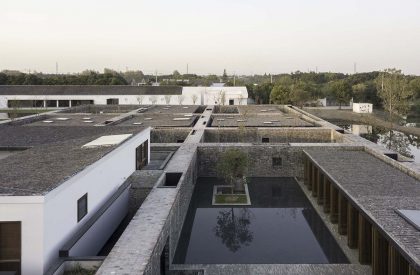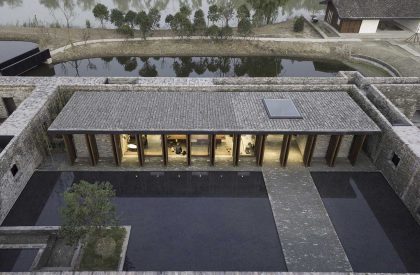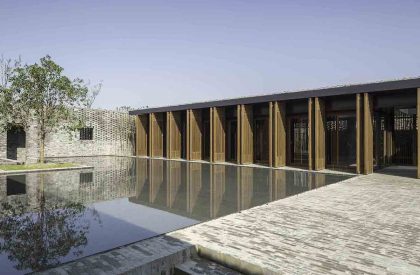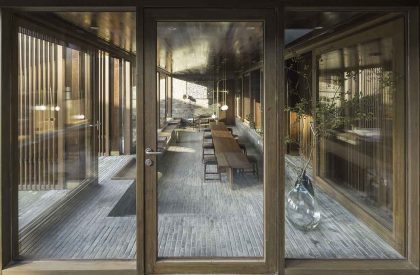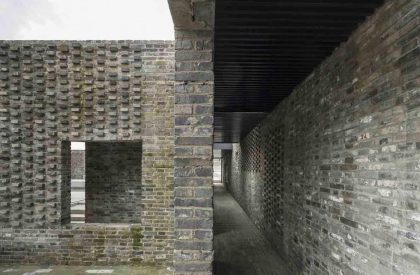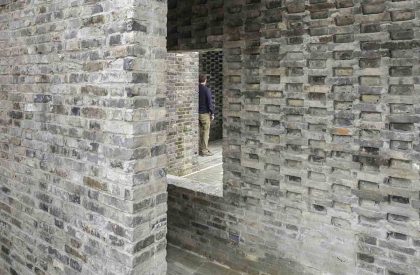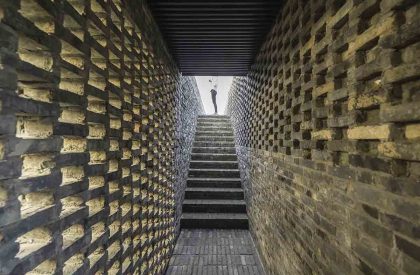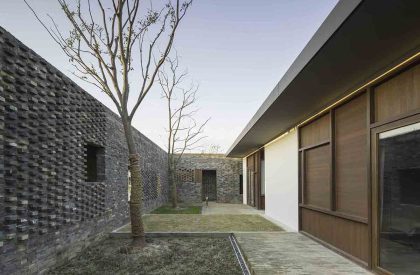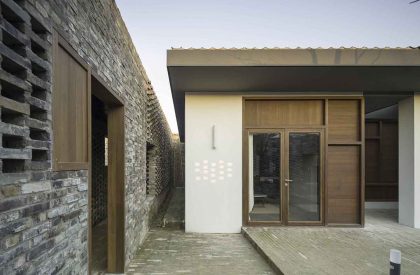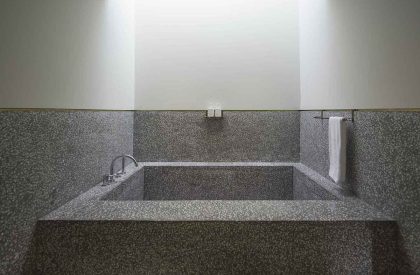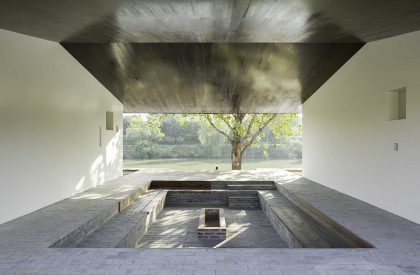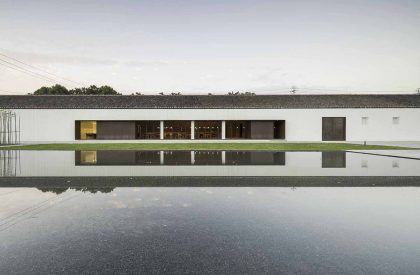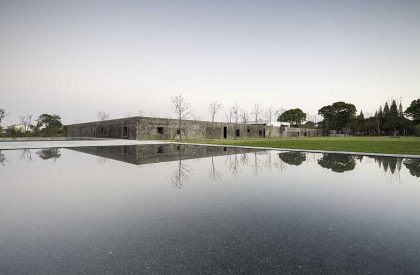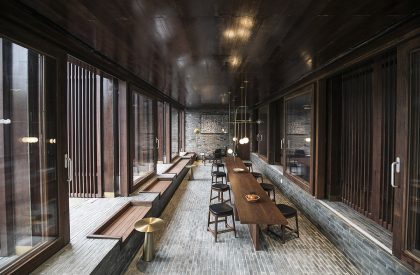Excerpt: Tsingpu Yangzhou Retreat is an adaptive reuse hospitality project designed by the architectural firm Neri & Hu in Yangzhou, China. The design brief called for the adaptive reuse of several old buildings by giving them new functions while adding new buildings to accommodate the hotel’s capacity needs. Neri&Hu’s strategy to unify these scattered elements was to overlay a grid of walls and paths onto the site to tie the entire project together, resulting in multiple courtyard enclosures. The inspiration for the design originates from the courtyard house typology of Chinese vernacular architecture.
Project Description
[Text as submitted by architect] Situated in close proximity to Yangzhou’s scenic Slender West Lake, the site given to Neri&Hu to design a 20-room boutique hotel was challenging, dotted with small lakes and a handful of existing structures. The design brief called for the adaptive reuse of several old buildings by giving them new functions while adding new buildings to accommodate the hotel’s capacity needs.
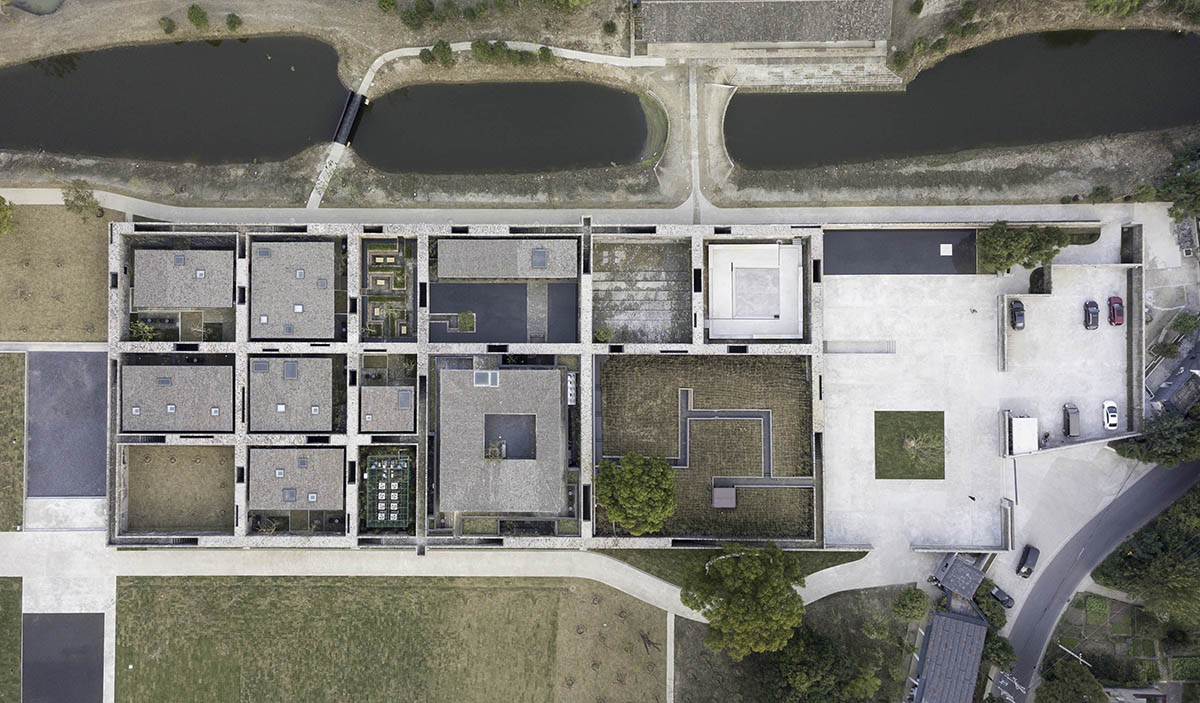

Neri&Hu’s strategy to unify these scattered elements was to overlay a grid of walls and paths onto the site to tie the entire project together, resulting in multiple courtyard enclosures. The inspiration for the design originates from the courtyard house typology of Chinese vernacular architecture. As with the traditional courtyard, the courtyard here gives hierarchy to the spaces, frames views of the sky and earth, encapsulates landscape into architecture, and creates an overlap between interior and exterior.
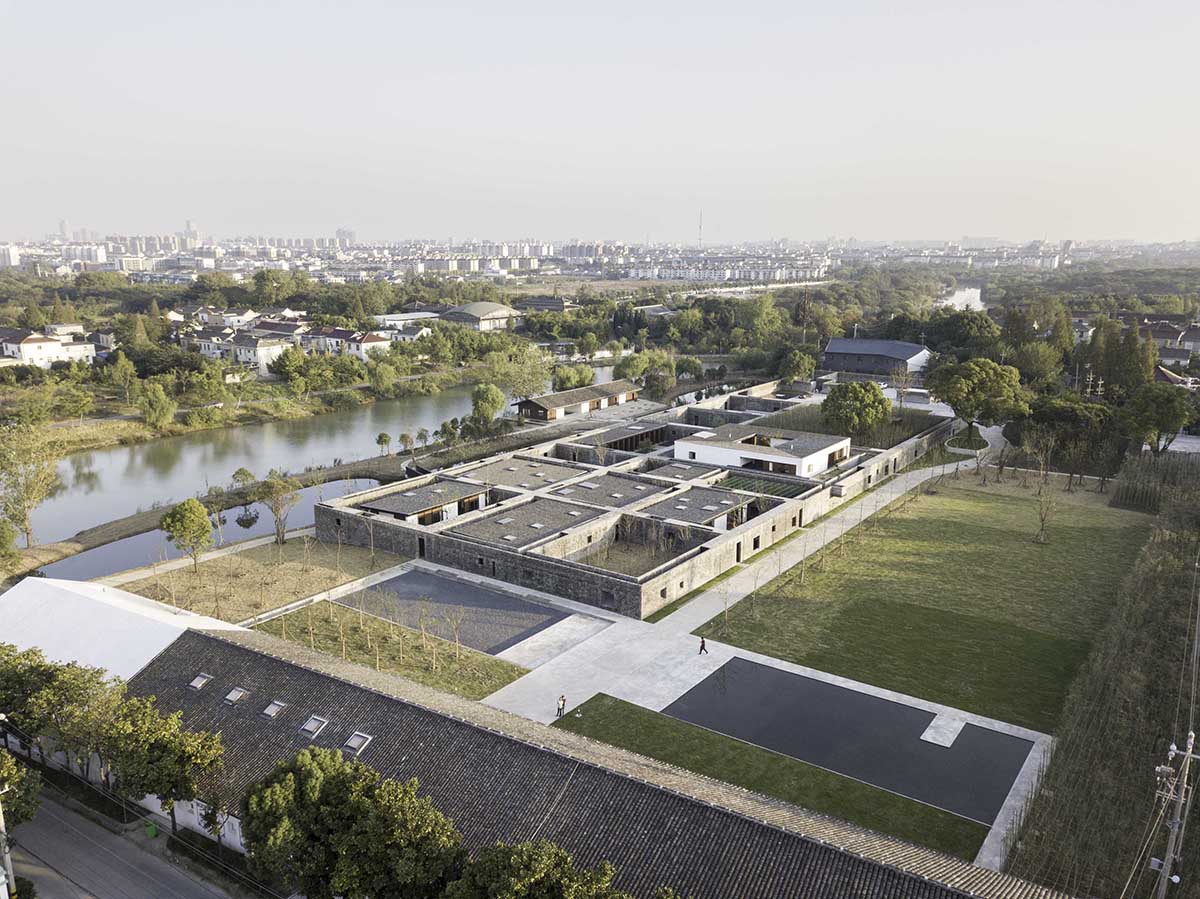
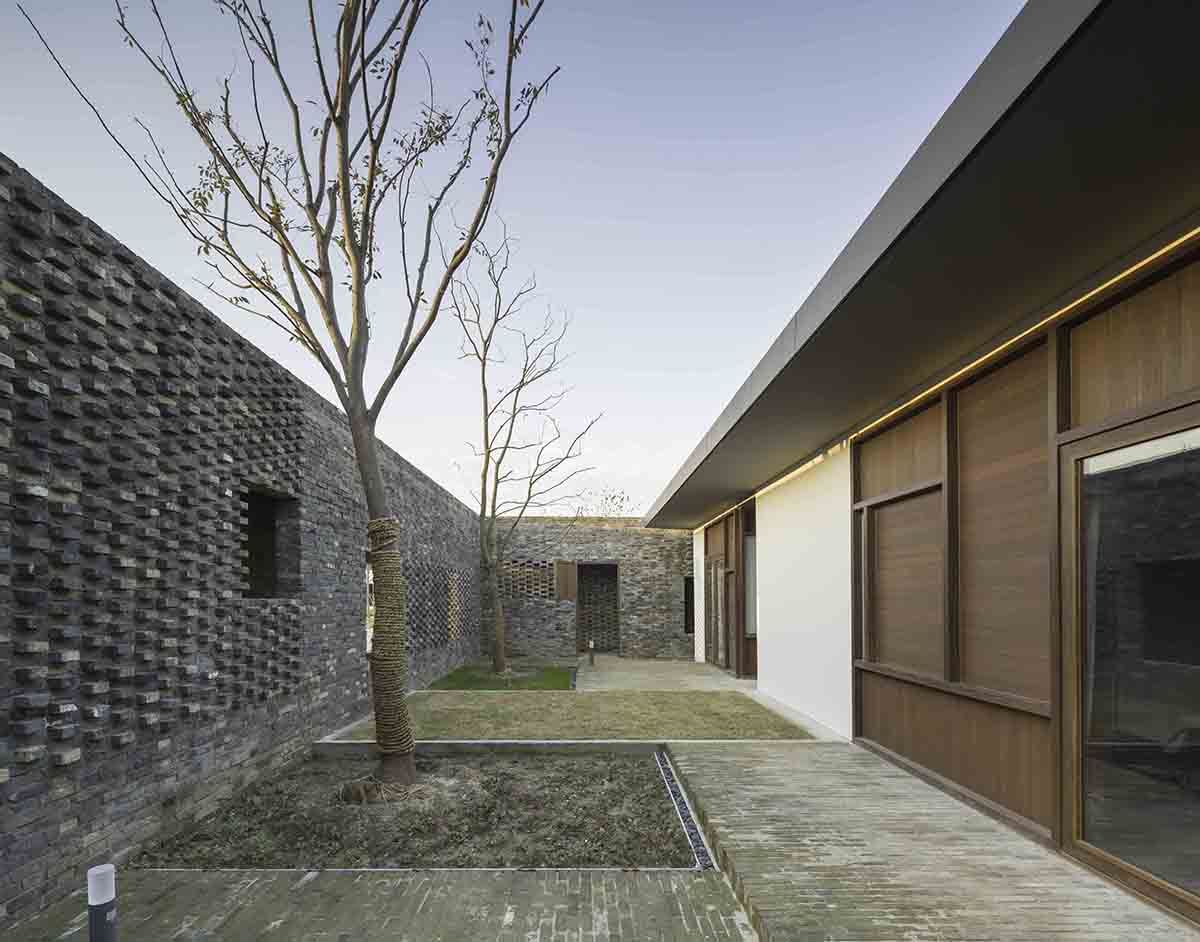
Constructed entirely from reclaimed grey brick, the gridded walls’ narrow interior passageway forces a long perspective. At the same time, light plays off the various brick patterns, enticing guests to venture deeper into the project. Within the walls, several courtyards are occupied by guest rooms and other shared amenities such as the reception, library, and restaurant. Many of the building roof lines are confined within the height of the surrounding walls, so they are not visible from afar.
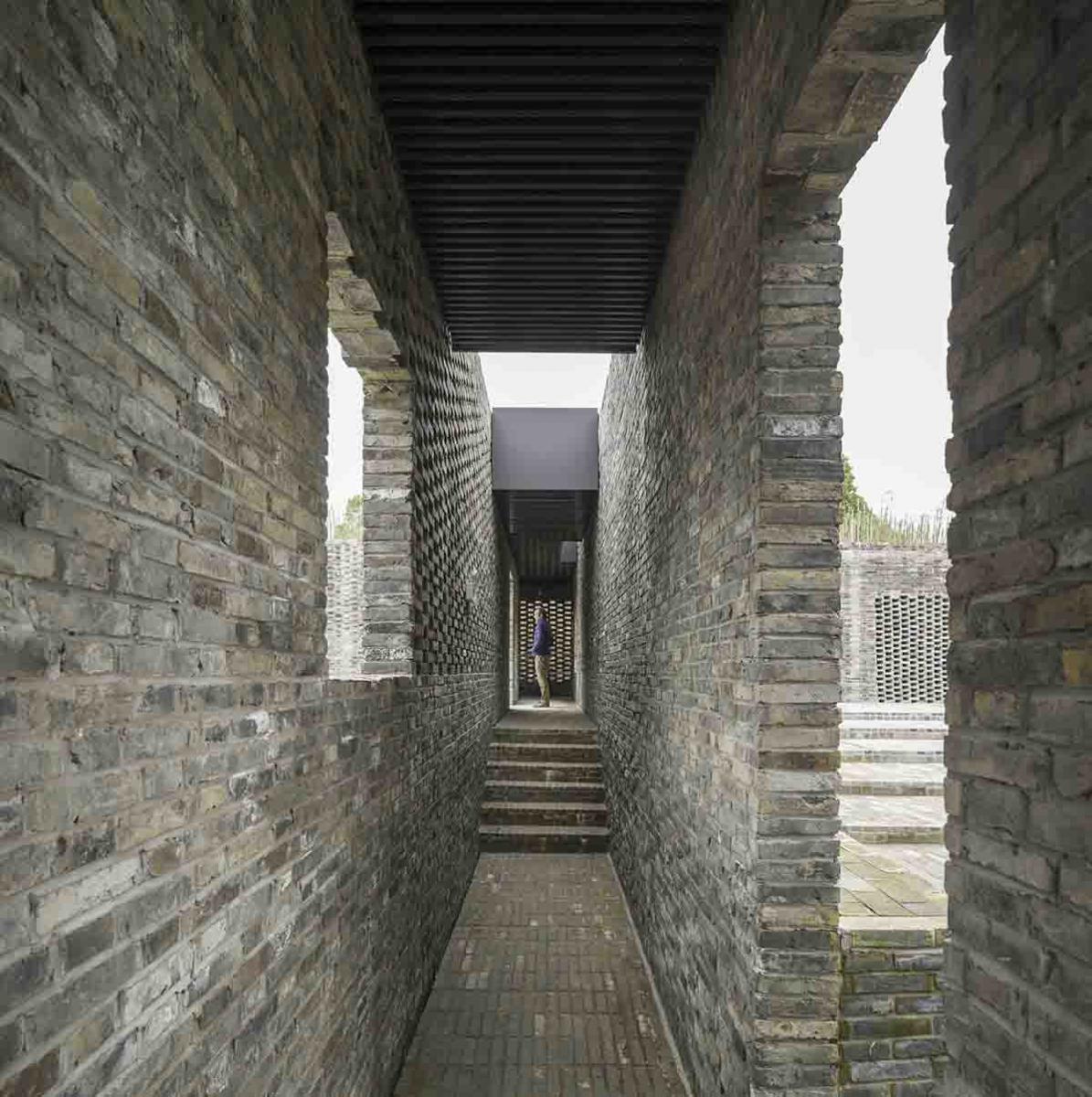
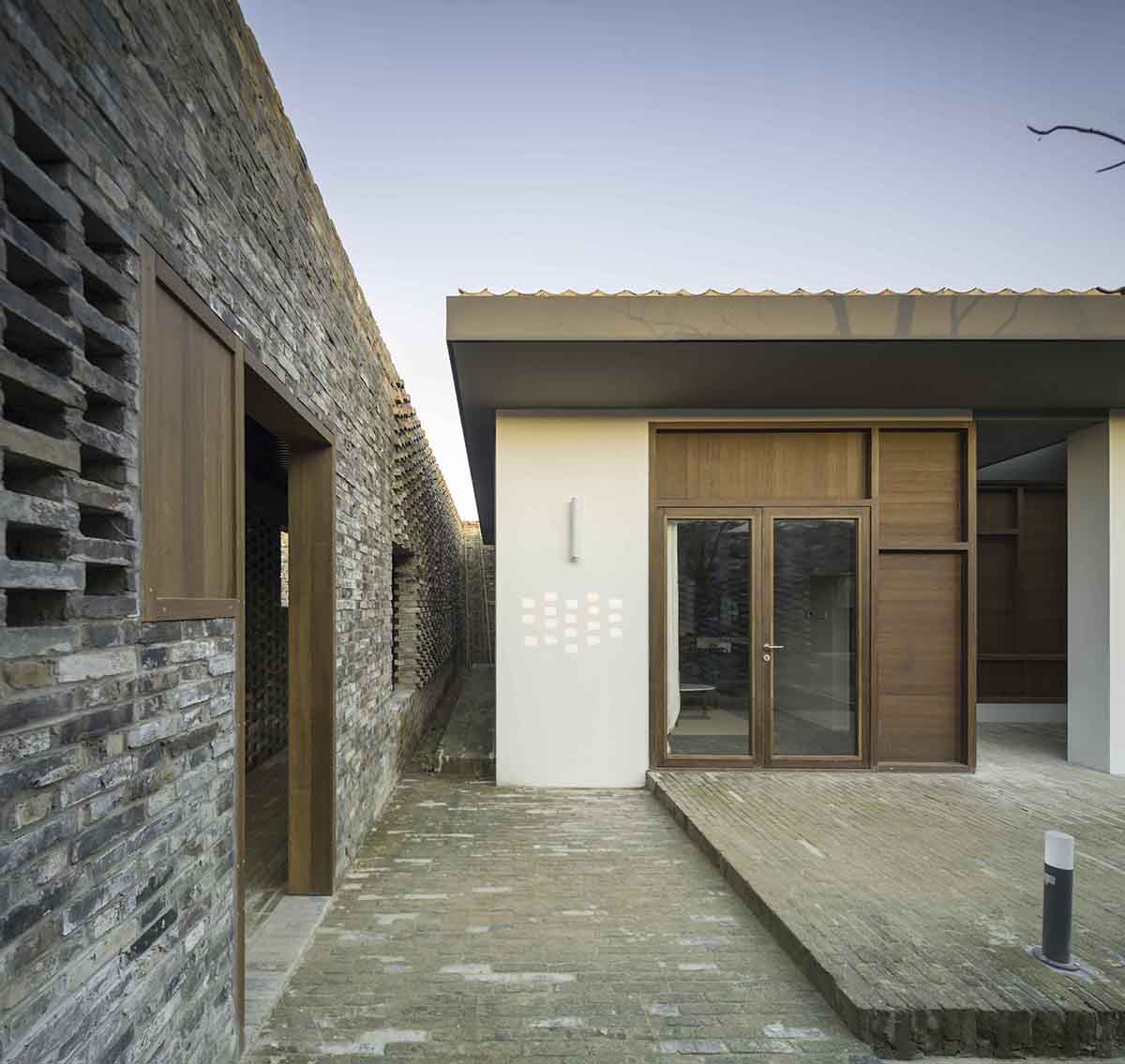
Hotel guests traverse the site using the walled pathways to discover their rooms. Once within, there is a clear separation between the building and the walls, a privacy layering, and a sliver of the landscape for guests to enjoy. Other unoccupied courtyards and pockets of lush garden offer relief from the sense of enclosure.
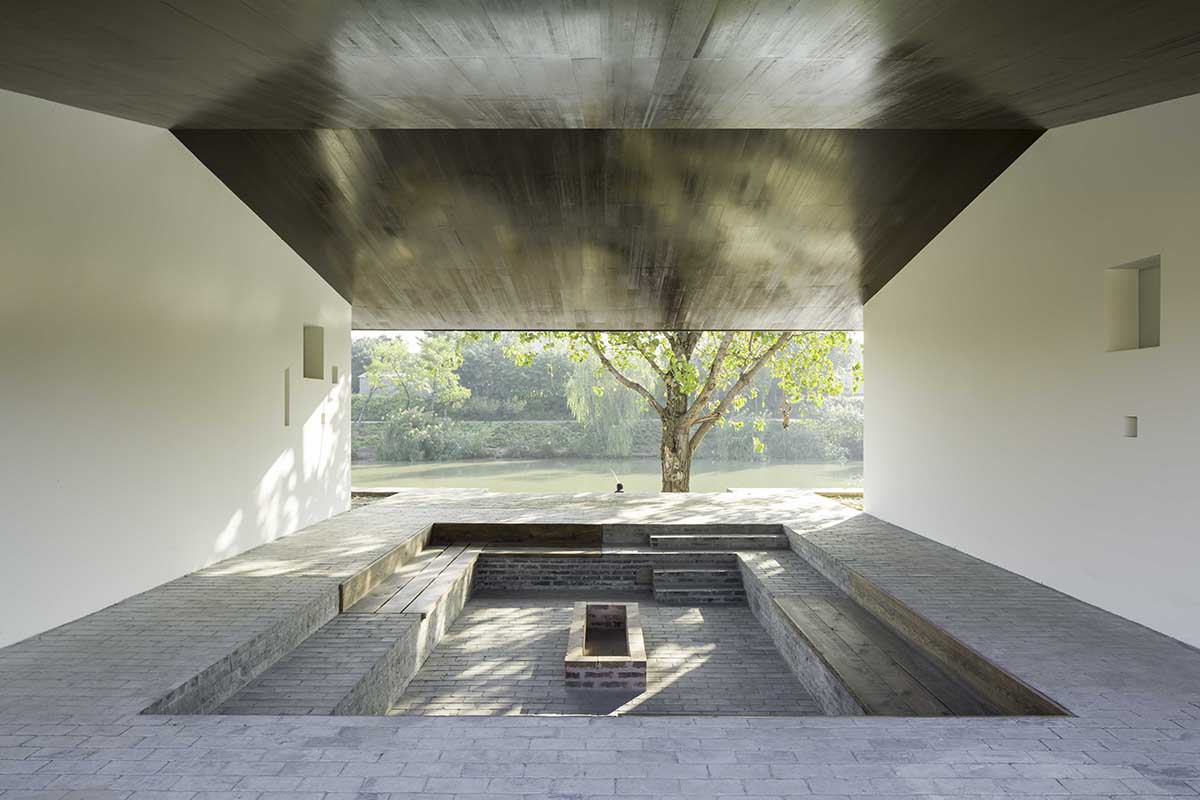

Journeying along the walls, guests can ascend through openings above to gain privileged vantage points that look out across the gridded landscape and beyond to the surrounding lakes. Here three additional buildings take their place in the panorama; the second floor of the largest courtyard building, a lakeside pavilion of four guestrooms, and a multifunction building at the furthest reaches of the site.

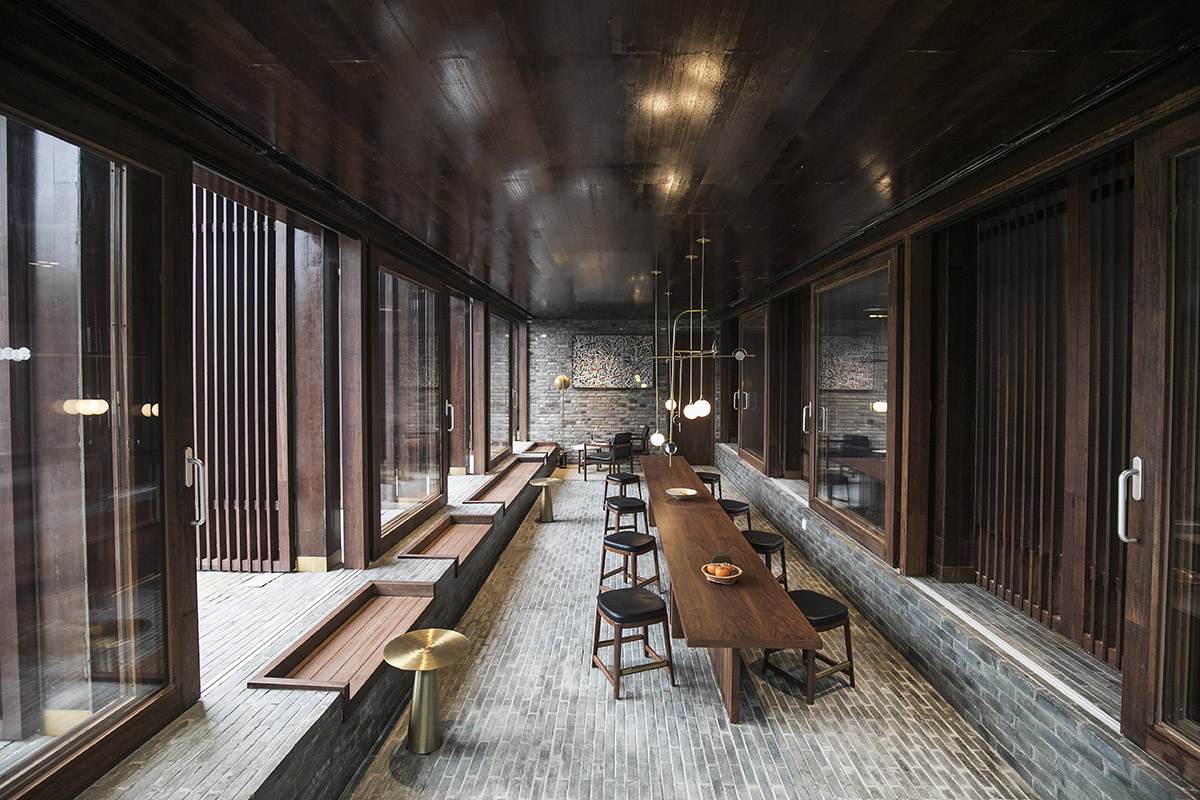
Renovating the existing derelict warehouse building with a partial new concrete addition, this multifunction building houses a restaurant, a theater, and an exhibition space. With this project, Neri&Hu’s ambition lies in utilizing a strong landscape element—the wall and courtyard—to unify a complex site and program. At the same time, the rustic materiality and layered spaces seek to redefine tradition with a modern architectural language.

